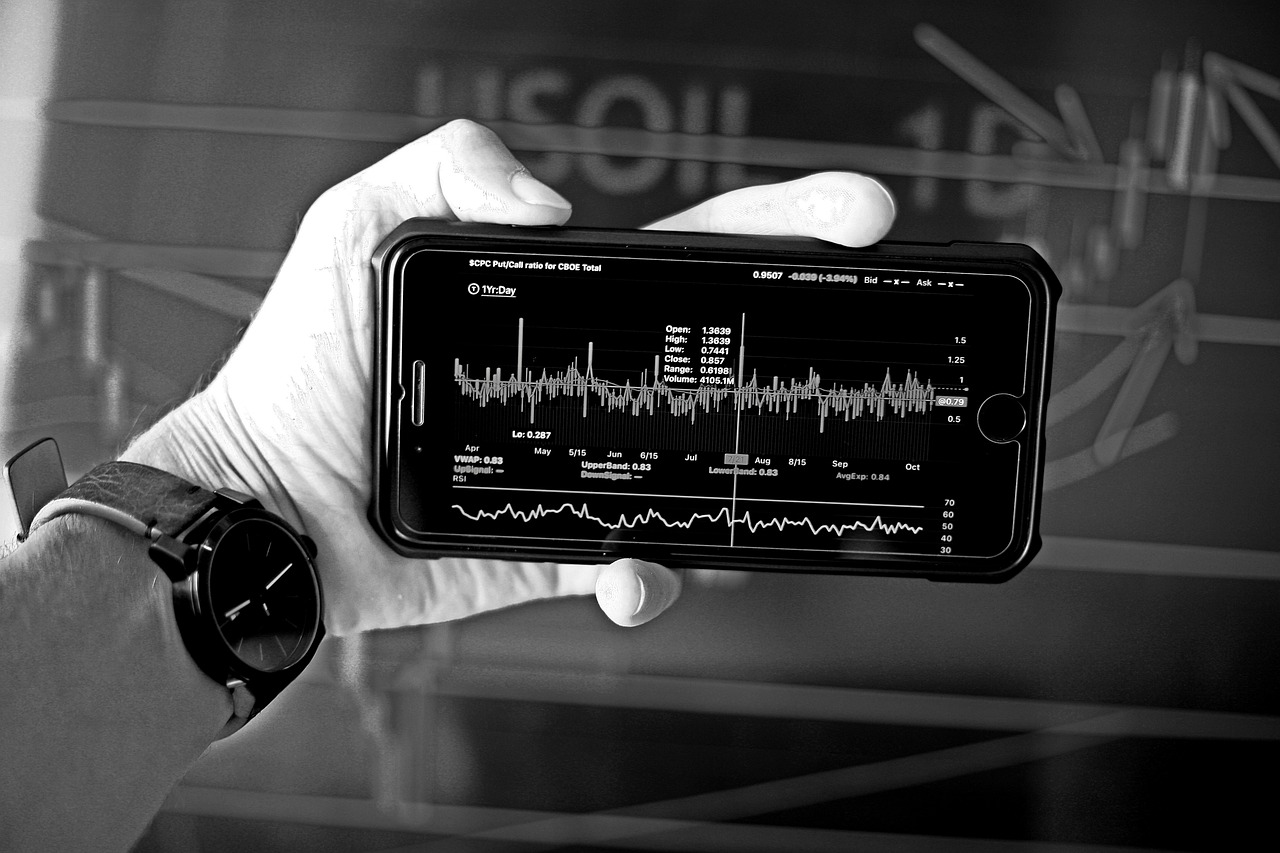Economic storms, though devastating, can leave fertile ground for growth. As the dust settles and economies rise from the ashes, certain sectors and companies blossom, presenting golden investment opportunities. This article unveils the secrets of “economic recovery stocks,” companies strategically poised to thrive in the sunlit wake of crisis. We’ll delve into their potent potential for growth, diversification, and even inflation hedging, navigating you through the landscape of strong financials, promising industries, and visionary leadership. Prepare to unearth hidden gems within consumer giants, resilient healthcare warriors, and even the financial powerhouses reborn from adversity. But as with any treasure hunt, we’ll equip you with the map and compass to identify these champions, acknowledging the potential pitfalls along the way. So, buckle up, intrepid investor, as we embark on a journey through the post-crisis landscape, unearthing the riches hidden within economic recovery stocks.

Economic recovery stocks represent companies strategically positioned to thrive in the wake of an economic rebound. These companies possess attributes that make them well-suited to capitalize on increased economic activity. Key characteristics often include robust fundamentals, a healthy balance sheet, and a proven track record of earnings growth. Additionally, these companies are typically situated in industries poised to experience heightened demand during a recovery phase.
Key Attributes of Economic Recovery Stocks
Strong Fundamentals
Rationale: These stocks boast strong fundamentals, reflecting a healthy financial position and stability. Elements such as a robust balance sheet and a consistent track record of earnings growth contribute to their resilience in navigating economic fluctuations.
Strategic Industry Positioning
Rationale: These stocks are strategically aligned with industries anticipated to witness increased demand during an economic recovery. Sectors such as consumer discretionary, consumer staples, and healthcare often demonstrate heightened activity during periods of economic resurgence, making companies within these sectors prime candidates for economic recovery stock status.
Investing in Economic Recovery Stocks: Unlocking Growth and Diversification Opportunities
Investing in economic recovery stocks is a strategic approach with compelling reasons that go beyond the typical market trends. These stocks, positioned for growth during economic rebounds, offer a range of advantages for investors.
Key Reasons to Consider Investing in Economic Recovery Stocks:
High Growth Potential
Rationale: Economic recovery stocks are poised to experience significant growth in both earnings and stock prices during a recovery. This heightened growth potential stems from their advantageous positioning to meet the increased demand for their products and services in a revitalized economic environment.

Diversification Benefits
Rationale: Economic recovery stocks play a pivotal role in diversifying a portfolio, contributing to reduced overall risk. Their performance is often less correlated with the broader market, offering a level of insulation against market fluctuations that can impact other types of stocks. This diversification enhances the resilience of the portfolio in the face of changing market dynamics.
Hedge Against Inflation
Rationale: Economic recovery stocks serve as a valuable hedge against inflation. As the cost of goods and services rises, the prices of these stocks tend to follow suit. This inherent correlation with inflation positions economic recovery stocks as a strategic component in an investment portfolio during periods of rising prices.
Identifying Economic Recovery Stocks: A Strategic Approach to Growth
Identifying economic recovery stocks is a nuanced process that involves assessing various key indicators to ensure strategic positioning for growth during economic rebounds. Here are essential factors to consider when identifying such stocks:
Key Criteria for Identifying Economic Recovery Stocks
Strong Financials
Rationale: Companies with robust financials are often well-prepared to navigate economic recoveries. Look for companies with a healthy balance sheet, low debt levels, and a consistent track record of earnings growth. These financial strengths indicate resilience and stability, positioning the company favorably in the face of economic fluctuations.
Exposure to Growing Industries
Rationale: Companies operating in industries poised for increased demand during a recovery are prime candidates. Identify sectors experiencing growth, such as consumer discretionary, technology, or healthcare. Economic recovery stocks within these industries are more likely to benefit from the upswing, aligning with heightened demand for their products and services.
Management Team
Rationale: A strong and capable management team is a crucial factor in identifying economic recovery stocks. Companies led by leaders with a proven track record of success demonstrate the ability to make sound strategic decisions and navigate challenging economic environments effectively. Evaluate the leadership’s vision and execution capability to gauge the company’s potential for success during recovery.

Examples of Economic Recovery Stocks: Illustrating Strategic Investment Opportunities
Identifying economic recovery stocks involves recognizing companies well-positioned for growth in the aftermath of economic downturns. Here are examples across various sectors:
Consumer Discretionary
Examples:
Amazon (AMZN): A global e-commerce giant with diverse revenue streams.
Apple (AAPL): A technology giant known for its consumer electronics and software.
Disney (DIS): A leading entertainment company with diverse operations, including media and theme parks.
Consumer Staples
Examples:
Procter & Gamble (PG): A multinational consumer goods company with a broad product portfolio.
Coca-Cola (KO): A renowned beverage company with a strong global presence.
PepsiCo (PEP): A diversified food and beverage company with iconic brands.
Healthcare
Examples:
Johnson & Johnson (JNJ): A global healthcare conglomerate with a focus on pharmaceuticals, medical devices, and consumer health products.
Pfizer (PFE): A pharmaceutical company engaged in the development of various healthcare solutions.
Abbott Laboratories (ABT): A diversified healthcare company with a focus on diagnostics, medical devices, nutrition, and pharmaceuticals.
Financials
Examples:
JPMorgan Chase (JPM): A leading global financial services firm with a diverse range of services.
Bank of America (BAC): A major financial institution providing banking and financial services.
Wells Fargo (WFC): A multinational financial services company with a wide range of banking products.
Risks to Consider:
Investing in economic recovery stocks carries inherent risks, and it’s crucial to be aware of potential challenges:
The economy may not recover as swiftly as anticipated.
Unforeseen events could impact the performance of these stocks.
Investors must conduct thorough research, carefully assess risks, and make informed decisions to mitigate potential downsides.
Conclusion
Investing in economic recovery stocks can be a great way to boost your portfolio’s returns. However, it is important to remember that there are risks involved. Be sure to do your research and carefully consider the risks before making any investment decisions.





